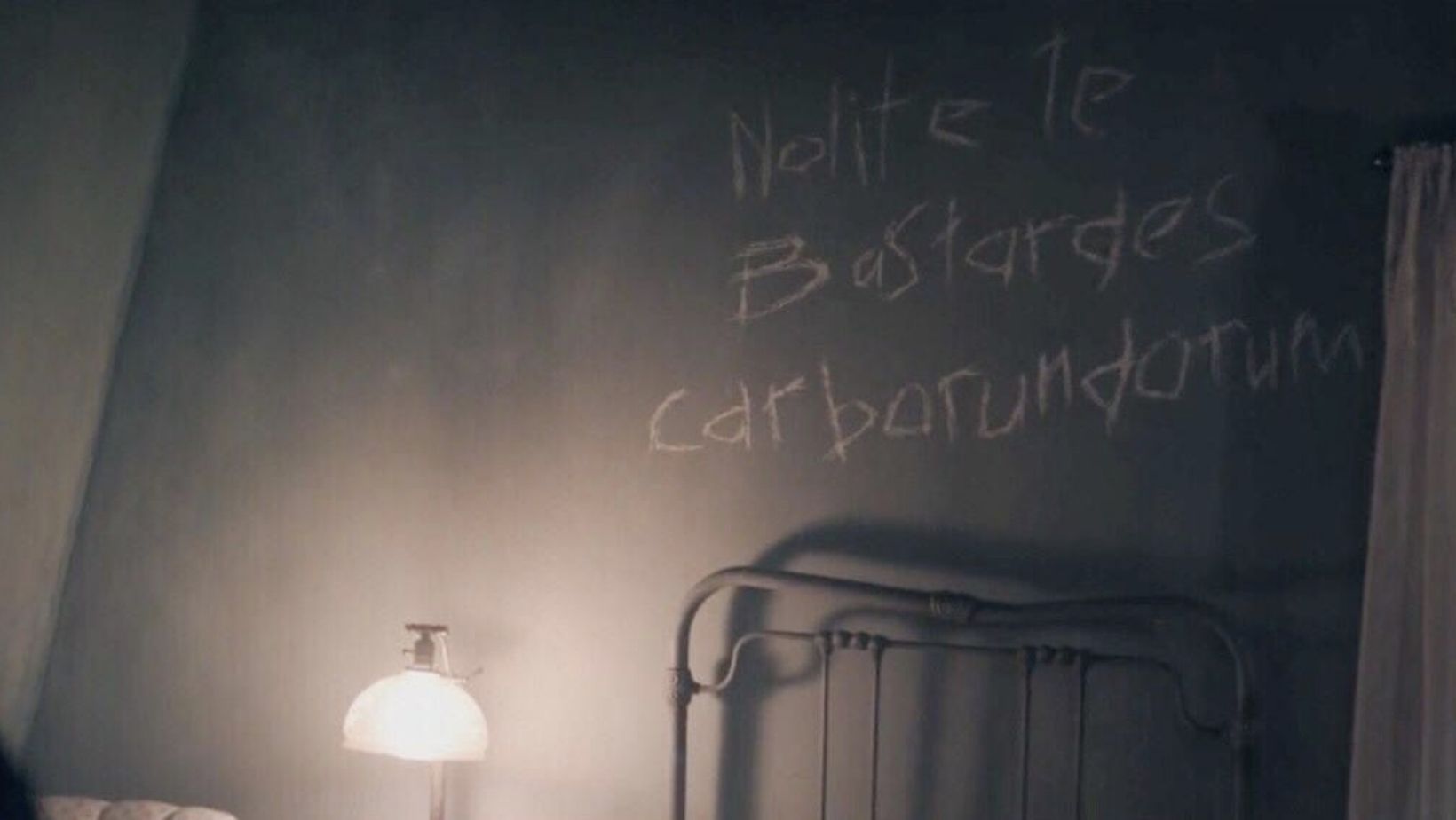Since his introduction in the first episode of The Handmaid’s Tale, every fan of the program has despised Fred Waterford.
After that, he’s been one of the show’s arch-villains, but in the season 4 finale, Fred finally got his comeuppance, as June ensured that he wouldn’t harm another woman ever again.
The last thing we see of Fred is his lifeless body, which has been chained to a wall with the words “Nolite te Bastardes Carborundorum” written on it.
The Handmaid’s Tale Season 4, Episode 10 Recap
Fred Waterford and his wife, Serena Joy, were placed on trial earlier in season 4 of The Handmaid’s Tale for their terrible crimes against June Osborne and numerous other handmaids. However, it looks like Fred may escape punishment in episode 10, as he offers to reveal some incriminating Gilead secrets in return for his release.
June isn’t going to let it stand, so she arranges for Fred to be abandoned in No Man’s Land, where she and many other ladies may finally exact their vengeance. Fred is brutally murdered and his lifeless, decapitated body is hung on a wall, while his wedding ring and a severed finger are returned to his wife.
Read More: Demon Slayer Season 2: What Is The Storyline? Explained Here
Meaning of ‘Nolite te Bastardes Carborundorm’ Explained
The words ‘Nolite te Bastardes Carborundorum’ may be seen scribbled on the wall in his own blood when we see Fred’s lifeless corpse against the wall, and it was even the title of an episode in season 1.
According to Michael Fontaine, a classics professor at Cornell University, who talked to Vanity Fair about the phrase in 2017, while the inspiring message looks to be in Latin, it is everything but.
Fontaine stated that in Latin, “Nolite” means “don’t,” and “te” means “you.”
According to Fontaine, “bastardes” is a made-up term with a Latin suffix, and “carborundorum” is not Latin either, since its origins stretch back just 120 years, and carborundorum was an industrial substance used as an abrasive, thus its connotation in The Handmaid’s Tale of “grinding down.”
Margaret Atwood, the author of The Handmaid’s Tale, told Time Magazine about the phrase: “It was a joke in our Latin studies.” As a result, this early memory is permanently imprinted on people’s bodies.”
Regardless of the phrase’s origins, the message is still potent and resonates with viewers of the show.
Fans React to The Handmaid’s Tale Season 4 Finale
Fans have reacted positively to the season 4 conclusion, particularly Fred’s tragic death and the return of the Nolite te Bastardes Carborundorum phrase.
“WOW the last 10 minutes of #HandmaidsTale was so dramatic, fulfilling, and shocking,” one fan commented on Twitter. The lettering on the wall, “Nolite te bastardes carborundorum,” was a wonderful touch. Season 4 was wonderful; every episode left me in awe of how amazing this show is.”
Read More: Lovestruck In The City: Is A Good K-Drama To Watch? Check Ratings & Reviews

Leave a Reply